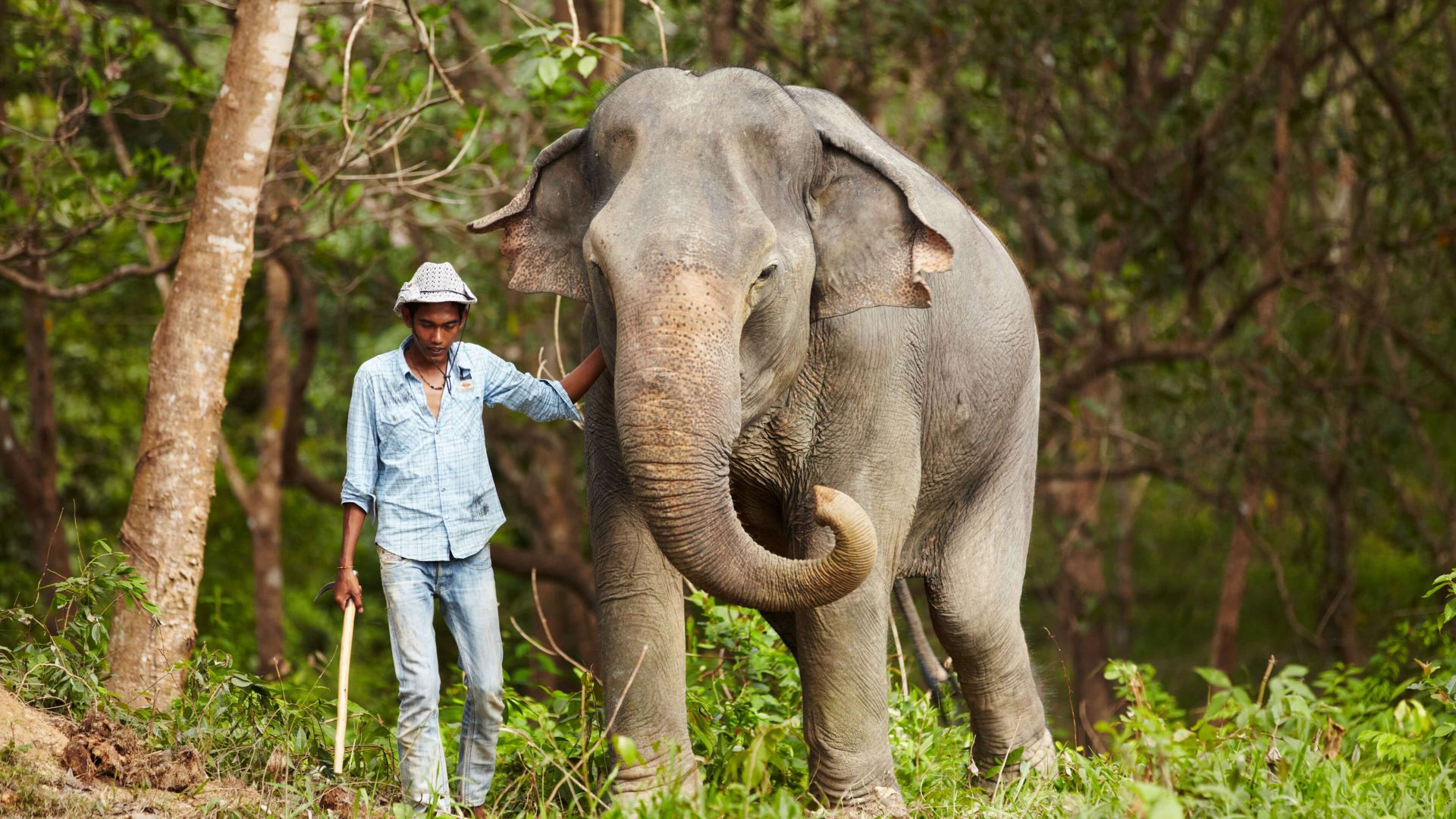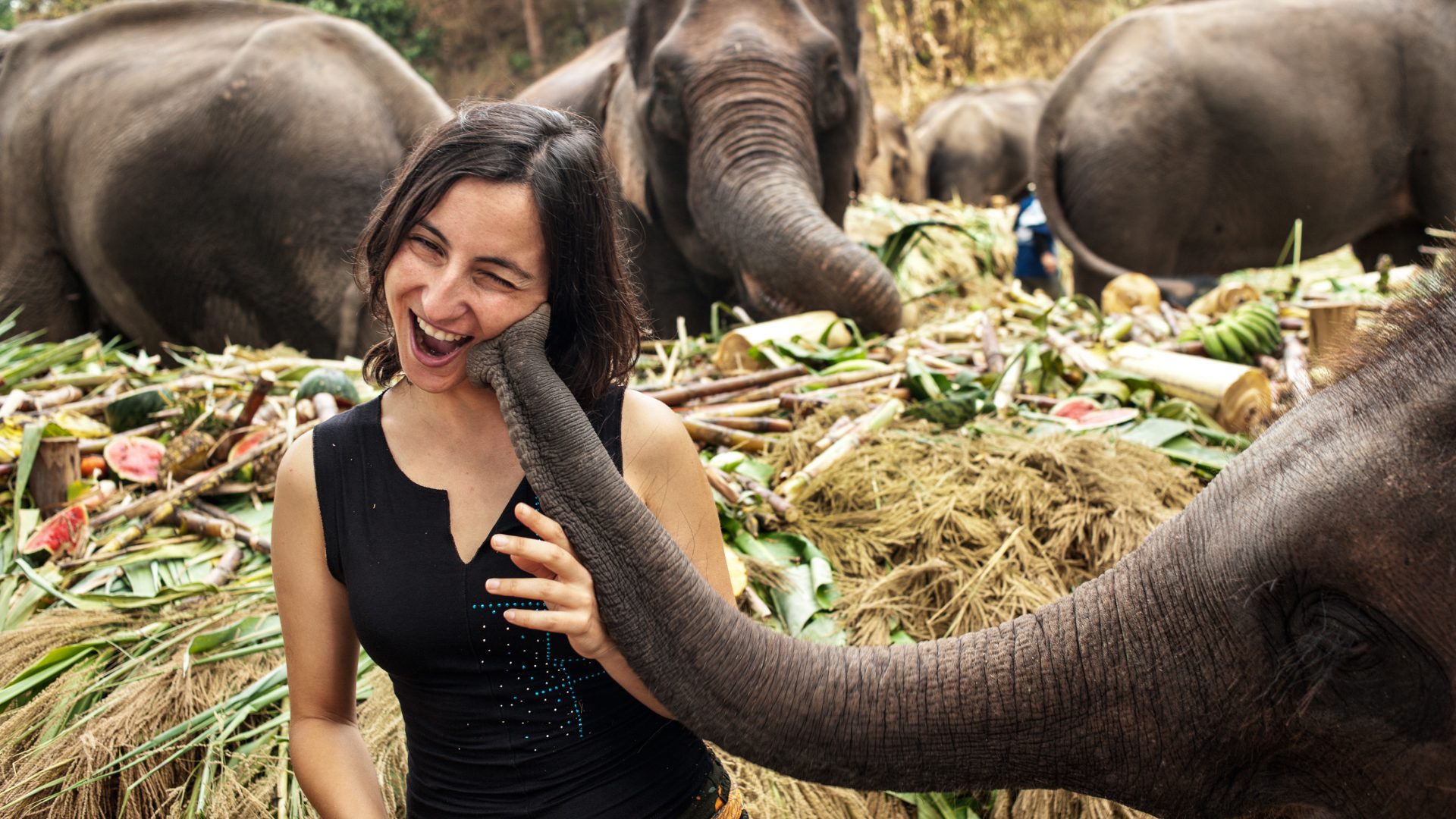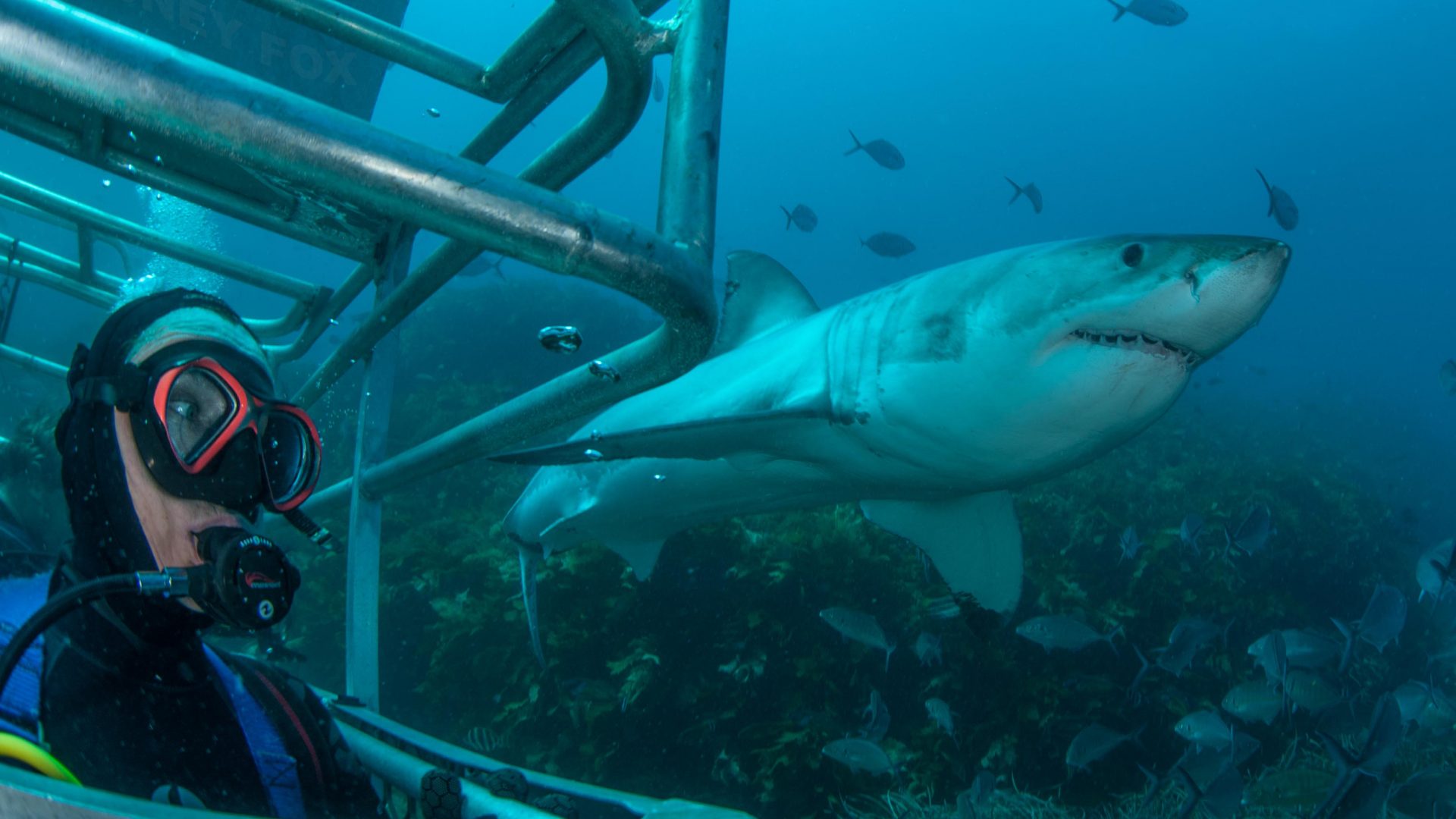
As more travel companies decide to stop selling elephant trekking, holidaymakers are saying no to it as well, preferring elephant bathing and feeding experiences instead. But is it that simple?
There was a time when elephant trekking sparked far less controversy. These huge gray giants with their tough skin seemed indestructible—how could one person and a saddle hurt them on a ride through the jungles and forests of Southeast Asia, India and Sri Lanka? And when you asked the mahout, the elephant trainer, if the spike or bullhook used to control them caused any pain, they’d say “No, it was just a warning.” or “An elephant’s skin is too thick, it’s fine.” And the place you were at was a ‘sanctuary’ after all, centered around conservation and protection, right? Perhaps even then, many probably suspected this wasn’t true; that or the notion that anyone would be cruel to a gentle giant simply didn’t cross their mind.
But once the ethics surrounding elephant-riding gained more publicity, it inspired companies such as Intrepid Travel, believed to be the first, along with STA Travel, TUI, Responsible Travel and most recently, TripAdvisor, to ban all elephant trekking activities. While many individuals had already chosen not to, there’s no denying that when big companies take a stance, a powerful message is communicated—that there is something wrong with riding elephants.











